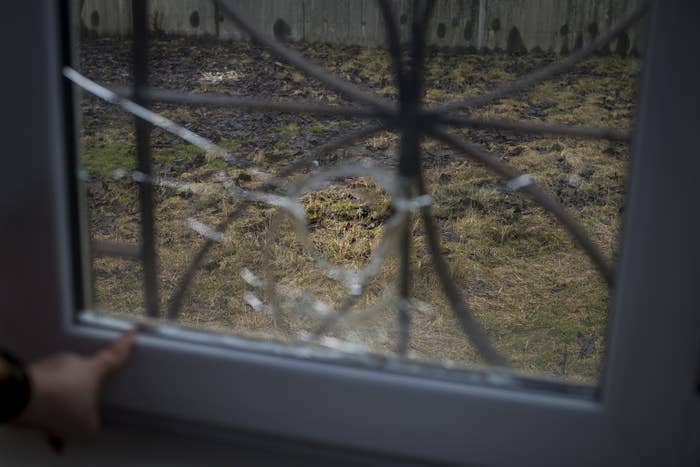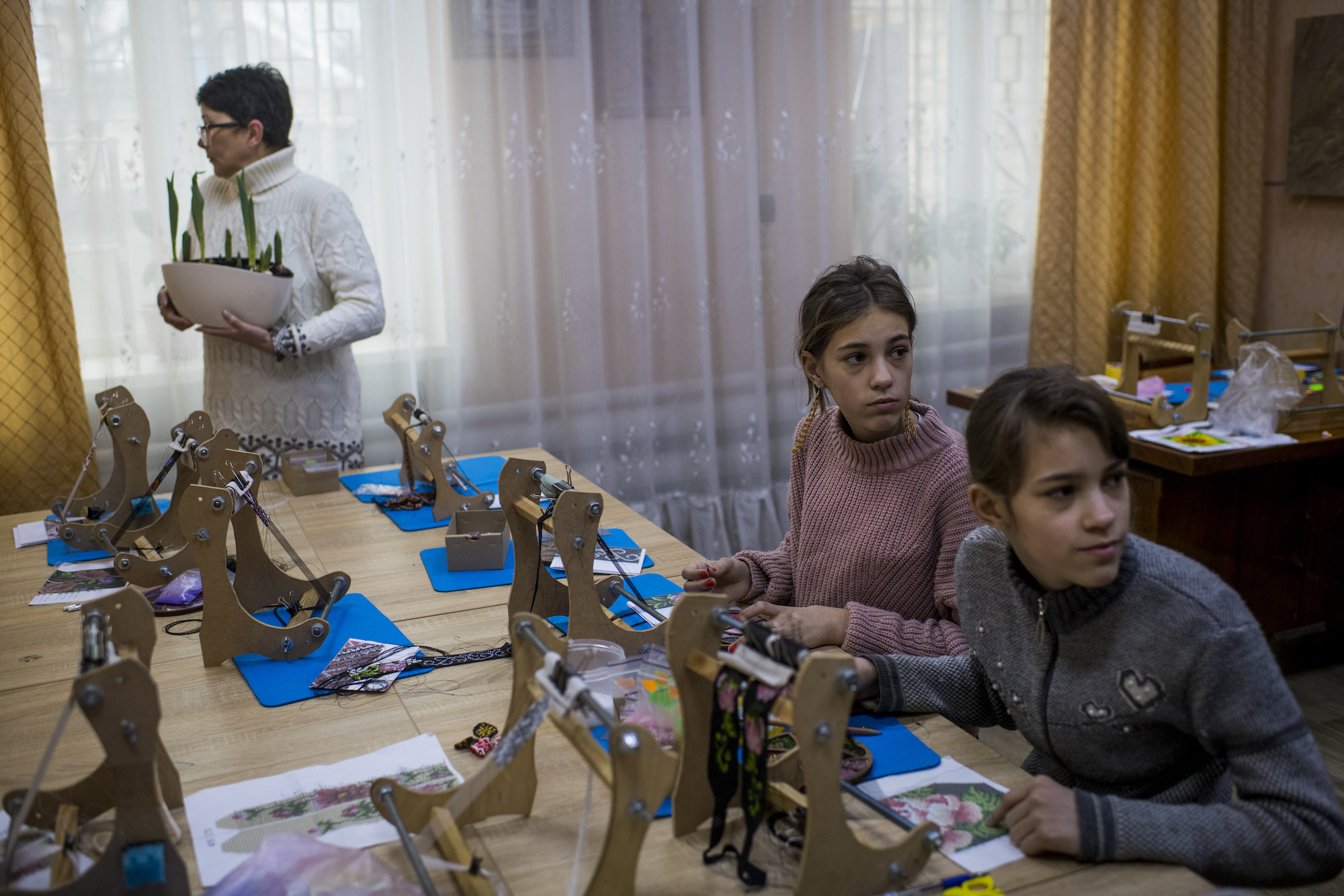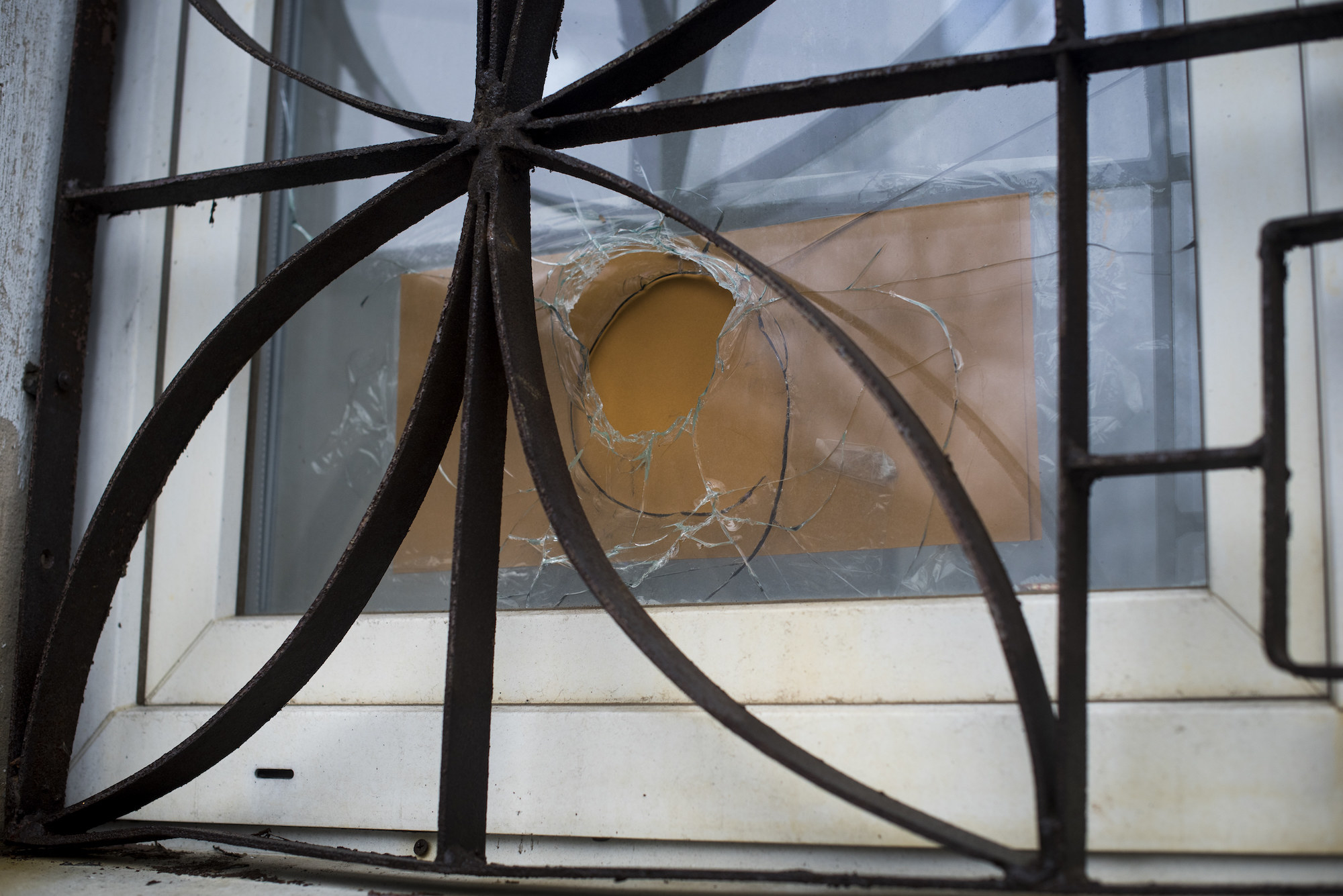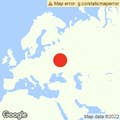
KHARKIV, Ukraine — A “car bombing,” an “attack” on a water station, and “mass graves” of Russian speakers “exterminated” by Ukraine’s military. President Vladimir Putin accusing Kyiv of committing “genocide.”
These are just four of the incendiary and utterly false claims Russia has made about Ukraine in the past several days, all focused on the Russian-controlled Donbas region, the site of the 8-year-old war. They are mixed with unproven or dubious, at best, reports that claim there’s a “Ukrainian agent” plotting bloody acts of sabotage, “Ukrainian terrorists” in a “secret hideout,” and Ukrainian artillery “shellings” just across the border in the Russian Rostov region.
In the past two weeks, BuzzFeed News has recorded more than 20 such reports from Russia’s state-run media, pro-Kremlin journalists and social media figures, and Moscow’s separatist proxy forces in eastern Ukraine. They came across television, radio, separatist websites, Twitter, Telegram channels, and more. All were peddled without any evidence that could be independently verified to prove them true.
The reports are meant to rile up those who sympathize with Russia and to portray Kyiv and the West, not Russia, as the aggressors in the deepening security crisis in Europe — even though the opposite is true. Most concerning, the reports could provide the pretext, albeit bogus, that Putin is seeking to justify a new invasion of Ukraine.
“We’re seeing old images misattributed, cut-and-dry fakes, and evidence that Russian proxies are staging attacks, not to mention reports of attacks that never took place,” said Nina Jankowicz, author of How to Lose the Information War: Russia, Fake News, and the Future of Conflict.

What evidence can be gleaned from the reports has helped to prove them false. A video of Russia’s handpicked leader in Donetsk announcing “emergency” evacuations to Russia was found by investigators at Bellingcat to have actually been filmed two days prior to the events that the leader claimed were the reason for the move.
And the car said to belong to the head of the Donetsk separatist military force that was destroyed by a “bomb” was discovered to be a setup. The man’s real, more expensive SUV was swapped, along with its license plates, for a cheaper vehicle to stage the blast.
Another 24 video clips sent in five emails from the self-declared authorities in Donetsk to BuzzFeed News appeared carefully choreographed and edited. They included elderly people who seemed to deliver rehearsed lines about their homes coming under Ukrainian artillery fire, and used children to appeal to people’s emotions.
And while the messages are often unrefined and easy to refute, they can still prove effective, getting to their intended audiences without fact-checks from the news media.
Ukrainian officials deny the allegations in the videos and said that Ukraine is not planning any offensive military actions.

Fake as many of them are, the reports and incidents are raising real concerns in the US and the UK, as well as at NATO and elsewhere, that Russia is working overtime to fabricate plots and “false flag” attacks to blame on Ukraine, giving Putin cover if he launches a new large-scale incursion.
“Russia plans to manufacture a pretext for its attacks,” US Secretary of State Antony Blinken said at the United Nations on Thursday. “In the past few days, Russian media has already begun to spread some of these false alarms and claims to maximize public outrage, to lay the groundwork for an invented justification for war.”
Blinken’s warning followed more specific ones from the US government. In January, the White House accused Russia of sending saboteurs to carry out “sabotage activities and information operations” that would be used to accuse “Ukraine of preparing an imminent attack against Russian forces in eastern Ukraine.” Earlier this month, Washington alleged that Russia was planning a fake video showing an attack by Ukrainian forces against Russian speakers in the eastern Donbas region or on Russian territory. That warning came around the same time as the creation of several of the “saboteur” reports and videos disseminated by Russian media this week, according to metadata reviewed by open-source investigators and confirmed by BuzzFeed News.
The flurry of Russian reports, and the West’s warning about them, comes at a perilous moment. Putin has amassed more than 150,000 troops and heavy weapons, including tanks and attack aircraft, around most of Ukraine and is carrying out military drills within mere miles of its border. Jens Stoltenberg, the NATO secretary-general, said Friday that it was “the biggest force we have seen in Europe in decades in and around Ukraine.”
In the eastern Donbas region, where Ukraine’s military has fought Russian forces and the Kremlin’s separatist proxy army for nearly eight years, fighting has significantly escalated. Monitors from the Organization for Security and Cooperation in Europe recorded thousands of ceasefire violations in the past week. And the Ukrainian defense ministry said at least three soldiers were killed in attacks in the past three days. More than 14,000 people have been killed since the war began in April 2014.

BuzzFeed News reported from the government-controlled frontline town of Mariinka on Friday, where artillery shells struck a youth center and a bus stop the day before, spraying shrapnel through walls and windows and wounding Valentina Gordeyeva, a 65-year-old who couldn’t outrun an 82 mm mortar. Up and down the 250-mile front line, there were more attacks that hit schools and other civilian infrastructure.
President Joe Biden said Friday that a full-scale Russian attack is imminent. “As of this moment, I am convinced he’s made the decision” to invade Ukraine, he said about Putin. On Sunday, Biden will convene a meeting of the National Security Council to discuss the situation in Ukraine, said White House spokesperson Jen Psaki.
Putin has used “false flags” and bogus reports in the past to justify his military aggression against Ukraine. He claimed that Russia’s covert invasion and annexation of Crimea in 2014 was necessary in order to protect ethnic Russians and Russian speakers living on the peninsula from the “fascists” who had overthrown the pro-Kremlin government in Kyiv. Russian state-run media at the time published rumors of a train full of armed fighters from the ultranationalist Right Sector group headed to Crimea to capture, torture, and kill locals who supported Moscow’s takeover.
While never admitting that he fomented and continues to fuel the war in the Donbas, Putin has falsely claimed that the forces under Moscow’s control are protecting the local Russian-speaking population from “genocide” at the hands of Ukraine’s military. His latest use of the term in the same context came just Tuesday.
Meanwhile, Russia continued to gather its troops around Ukraine, and state media and the Kremlin’s proxies in eastern Ukraine continued to publish videos claiming to show that Kyiv was to blame for the rise in tensions.
One published by Donetsk authorities was said to show Polish-speaking saboteurs in a gunfight during an operation to blow up a chlorine tank at a sewage treatment plant near the Russia-controlled city of Horlivka on Feb. 18. But open-source investigators who analyzed the video found that it had been created in early February and manipulated with audio from a completely separate event.
“All of this is meant to build the narrative that Ukrainian forces have decided on this moment — with the largest massing of forces Europe has seen since World War II — to mount an assault,” Jankowicz said of the dubious Russian reports and alleged false flag operations piling up. “It’s an idea that utterly strains credulity.”

